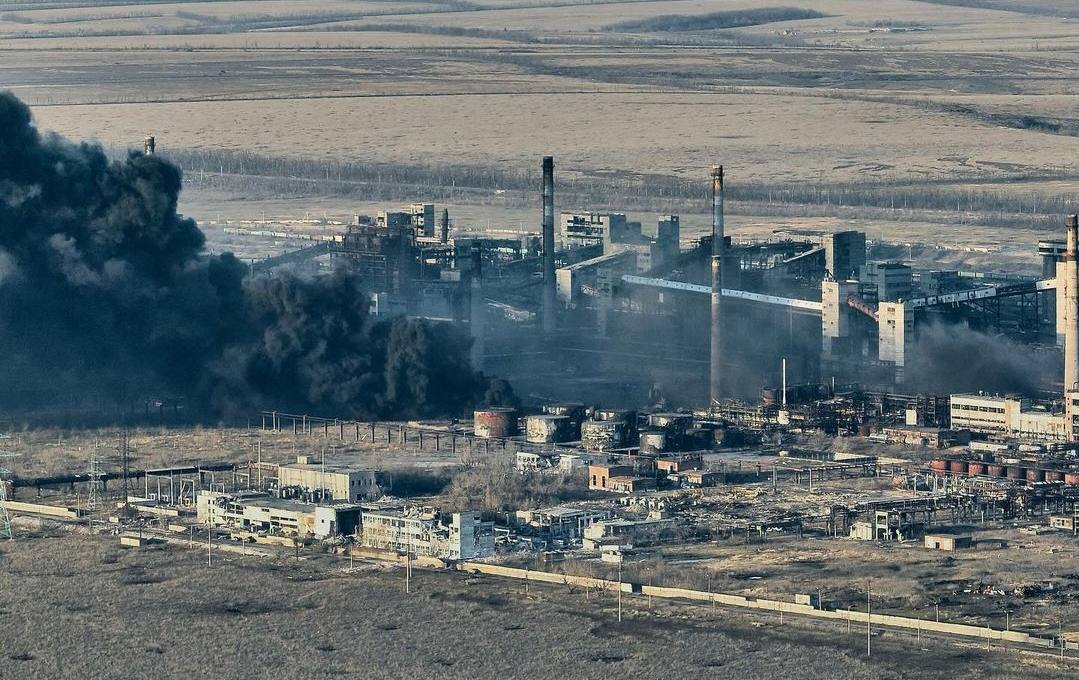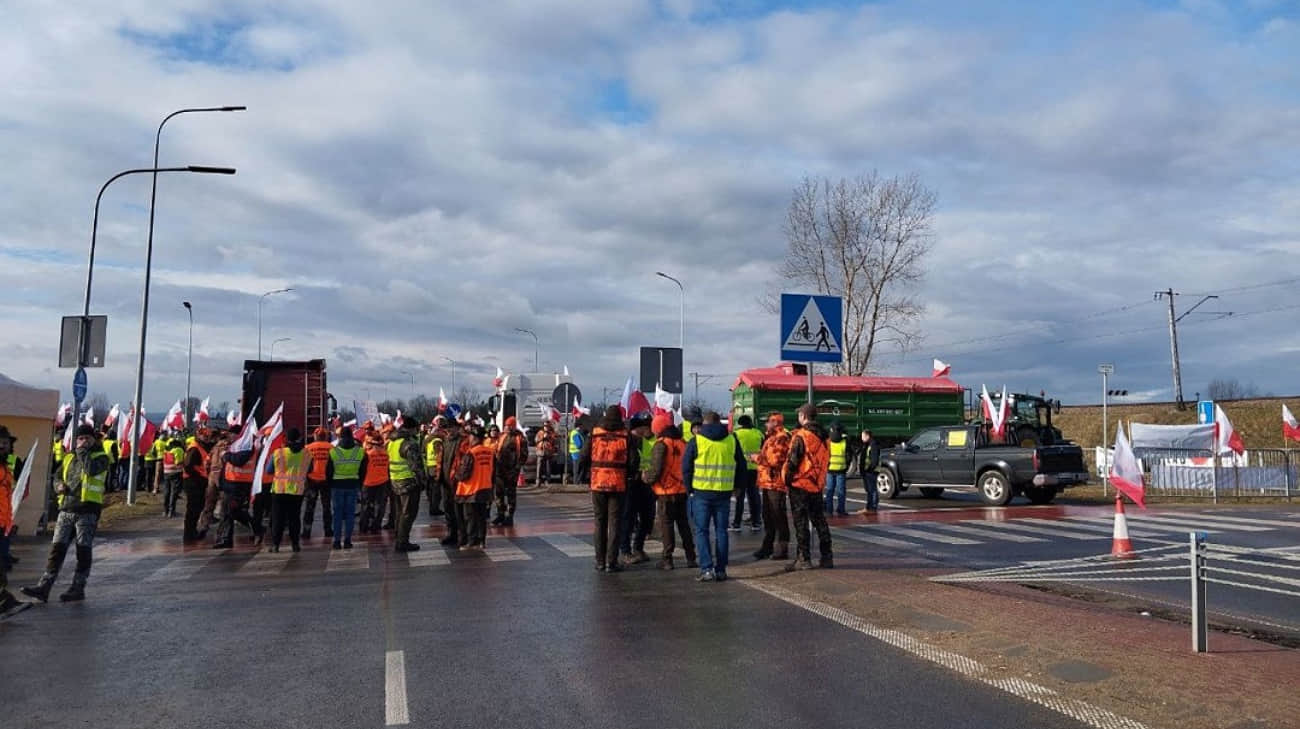ISW: Russia achieved localized air superiority in Avdiivka before capturing it
Russia achieved temporary localized air superiority over Avdiivka by mass deployment of glide bombs, enabling close air support for advancing troops on the ground, per ISW.

The Institute for the Study of War (ISW) reports that, during the recent offensive to capture Avdiivka, Russian forces appear to have temporarily achieved limited and localized air superiority for the first time in Ukraine, providing close air support to ground troops.
Russians carried out frontal attacks on the Avdiivka area for four months, making tiny incremental gains costing the Russian troops thousands of soldiers. In February, Russian forces began using aircraft more extensively and threatened encirclement, which forced Ukrainian troops to retreat from the city.
“The Russian ability to conduct these mass strikes for several days in the most active part of the frontline suggests that Ukrainian forces were not able to deny them access to the airspace around Avdiivka, and Russian forces likely leveraged this temporary localized air superiority to facilitate the capture of much of the settlement,” ISW concludes.
Air superiority
Two weeks into the full-scale invasion of Ukraine, in March 2022, RUSI experts explained the fact that Russia had not achieved air supremacy in Ukraine despite initial fears that it had such a capacity by Russia’s overall lack of capacity to conduct complex air operations.
Later in the war, Russia didn’t manage to achieve air superiority across the front in Ukraine.
Both countries have deployed a wide range of air defense systems to deny airspace near the frontline. Compared to Ukraine’s older models, Russia holds both numerical and qualitative advantages with its modern aircraft.
In early January, the British Defense Ministry stated in its intelligence report that the shooting down of three Russian Su-34 combat jets over southern Ukraine on 22 December 2023 had significantly weakened Russia’s air superiority in the region.
In recent months, Russian tactical bombers extensively used glide bombs to bombard frontline areas from dozens of kilometers away, beyond the range of Ukraine’s anti-air systems.
Related:
- Russian forces executed wounded Ukrainian soldiers in Avdiivka despite promise of evacuation, military confirms
- Tarnavskyi: Russian forces lost almost 50,000 soldiers in 4 months of fighting for Avdiivka
- Rutte: Ukraine to receive at least 24 F-16 jets in total
- Biden: Lack of ammunition forces Ukraine to retreat from Avdiivka
- Commander: Ukrainian troops withdrew from Avdiivka
- UK intel: Russia’s air superiority on southern front weakened as Ukraine downs three Su-34 bombers
- Ukraine Air Force: More to be done before Ukraine deploys F-16 fighter jets
- Canada to provide naval boats and F-16 training support to Ukraine
- Ukraine Mission Head: NATO positively assesses F-16 deployment preparations in Ukraine
- Why Russia has not achieved air supremacy in Ukraine, and what happens next (March 2022)




